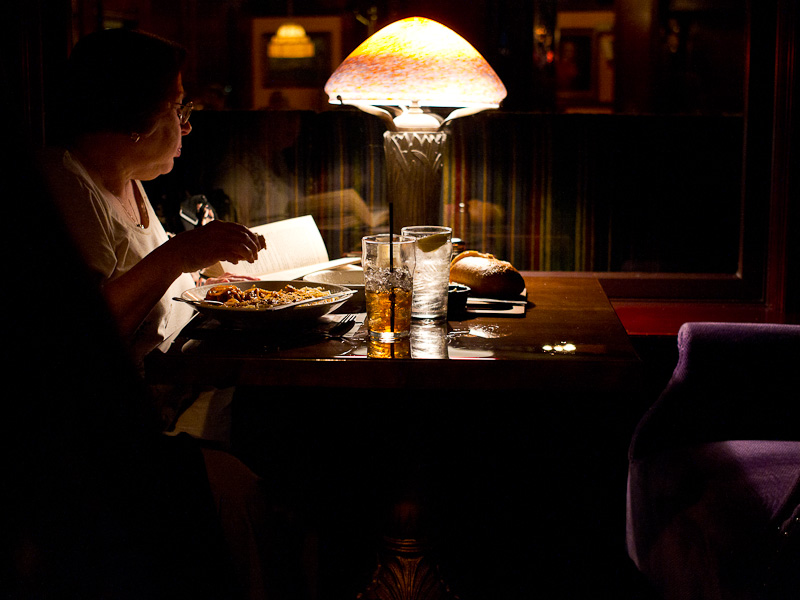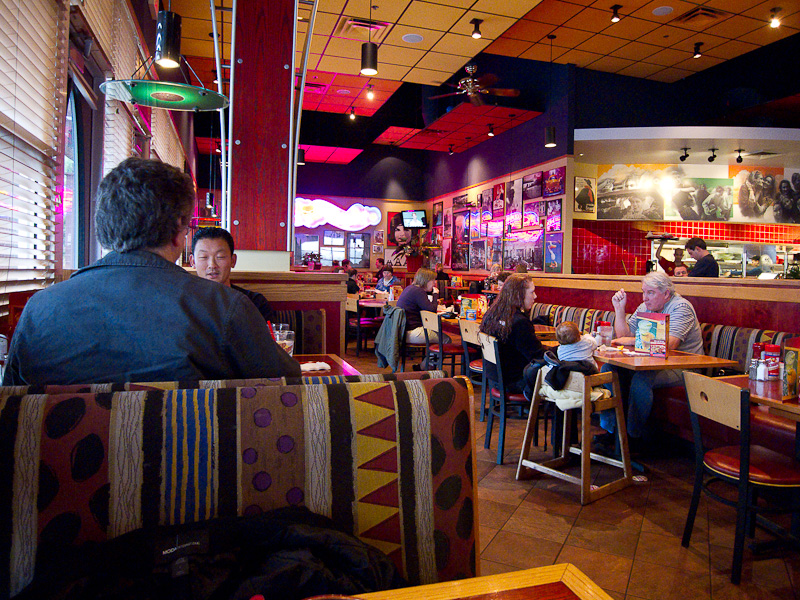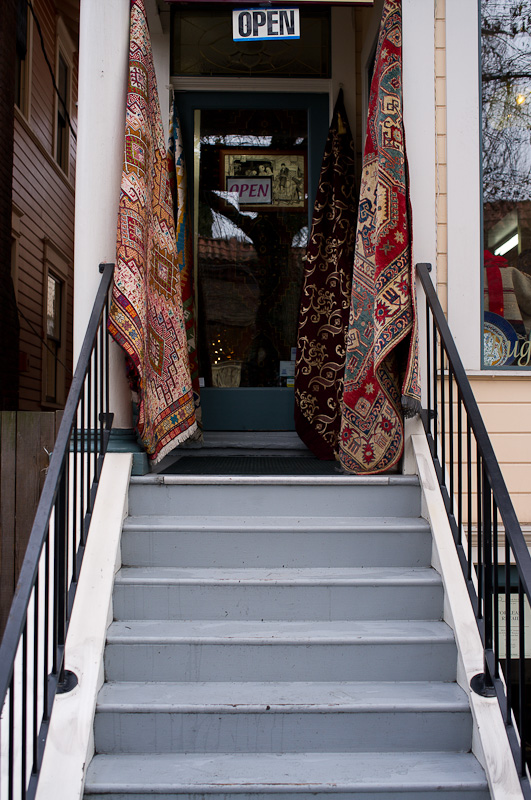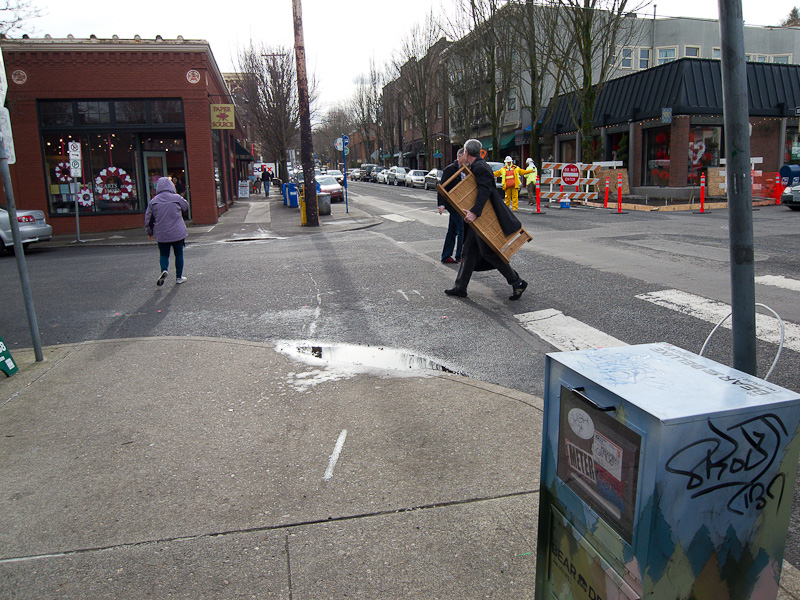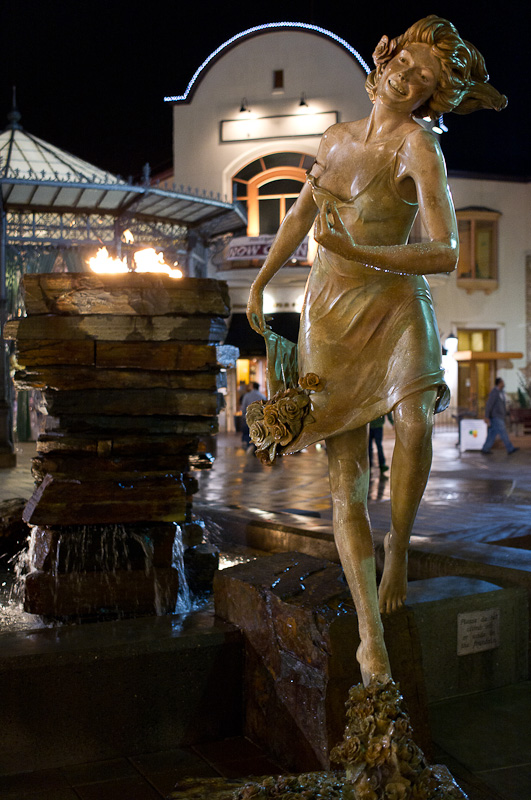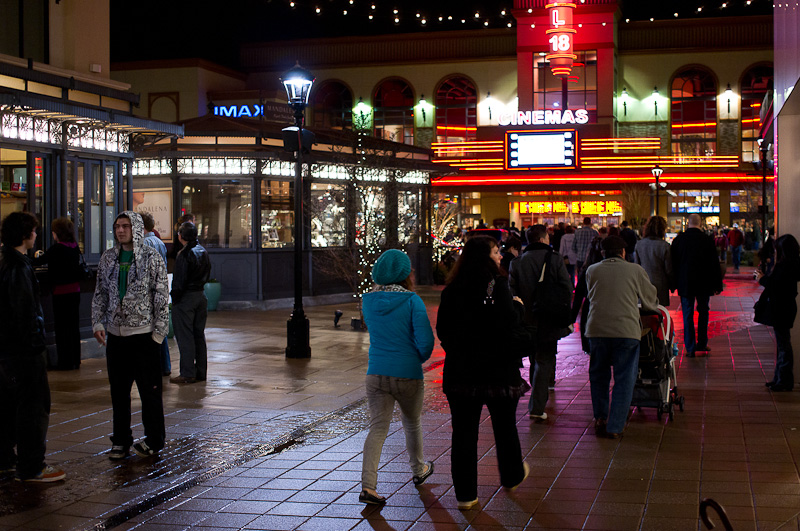try chewing a little more slowly
however, in using the camera for a longer period of time, i did not have an issue using it for people/street photos -- things I take pics of as well. i kept it pretty much in Manual focus the whole time, Shutter Priority or full Manual for exposure... in a little bit of time, it became second nature and i was able t get the shots i wanted.
i am not dissing your opinion. i am simply stating that this camera should not be immediately dismissed if street is the goal... granted, a wider lens, non-macro, faster shutter would be better, but this is not chopped liver.
i ended up not getting one because i shoot this equivalent all the time on my M8 and the 35 Lux is superior to the A12 in every way. as i already own this combo, the GXR/A12 would be redundant even though i adore the silence. still, i was quite entranced by the camera.... not perfect, no, but a damned good start.
i look forward to the time they start coming out with modules that fit my needs.
okay... i totally understand it is NOT for you and your peeves about the camera are legit for using the camera for only 5 minutes...It may be informative to this thread to let you know that I am a people and street shooter. The GXR may be good for still-life and landscapes, but it sucks at the things I take pictures of. I suppose if you have all day and the subject doesn't move, you might like the photos it takes.
however, in using the camera for a longer period of time, i did not have an issue using it for people/street photos -- things I take pics of as well. i kept it pretty much in Manual focus the whole time, Shutter Priority or full Manual for exposure... in a little bit of time, it became second nature and i was able t get the shots i wanted.
i am not dissing your opinion. i am simply stating that this camera should not be immediately dismissed if street is the goal... granted, a wider lens, non-macro, faster shutter would be better, but this is not chopped liver.
i ended up not getting one because i shoot this equivalent all the time on my M8 and the 35 Lux is superior to the A12 in every way. as i already own this combo, the GXR/A12 would be redundant even though i adore the silence. still, i was quite entranced by the camera.... not perfect, no, but a damned good start.
i look forward to the time they start coming out with modules that fit my needs.

